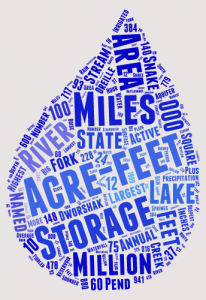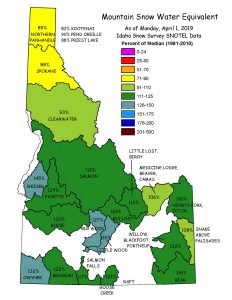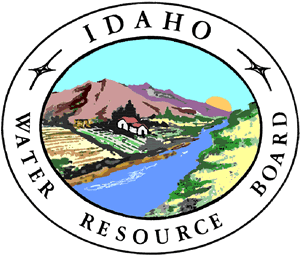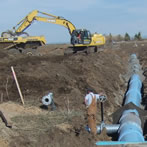A drought is a period of prolonged shortages in the water supply as a result of below-average natural precipitation (snow and rain) affecting surface water and ground water. Droughts can occur in all types of climate and can last for months or years.
The U.S. Drought Monitor reports “[a drought] is a slow-moving hazard, which causes people to underestimate the damage it can do, but losses from drought are as substantial as those from hurricanes, tornadoes, and other faster-moving disasters. Drought causes losses to agriculture; affects domestic water supply, energy production, public health, and wildlife; and contributes to wildfire.”
Idaho Code, § 42-222A authorizes the Idaho Department of Water Resources (“IDWR”) to declare drought emergencies for designated areas, which require approval from the Governor. An approved drought declaration authorizes the Director of IDWR to “allow temporary changes to the use of water rights,” which can lessen the impacts of drought on water supplies and water use.
IDWR typically issues drought declarations by county based upon a petition from local governments (e.g., County Commissioners) and corroborating evidence and documentation of actual drought conditions. IDWR drought declarations apply only to the administrative processing of applications for temporary changes of water rights. IDWR drought declarations do not automatically apply to local, state, or federal financial or disaster support programs.
Note: Water right changes made under the provisions of a drought declaration expire at the end of the current year unless extended or terminated by the IDWR Director.
Additional Information
- Idaho Drought Plan – 2001
- United States Drought Monitor
- Water Supply
- TITLE 42-222A – Temporary Changes During Drought Conditions
- Temporary Change Application










